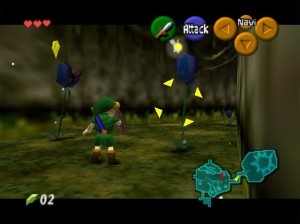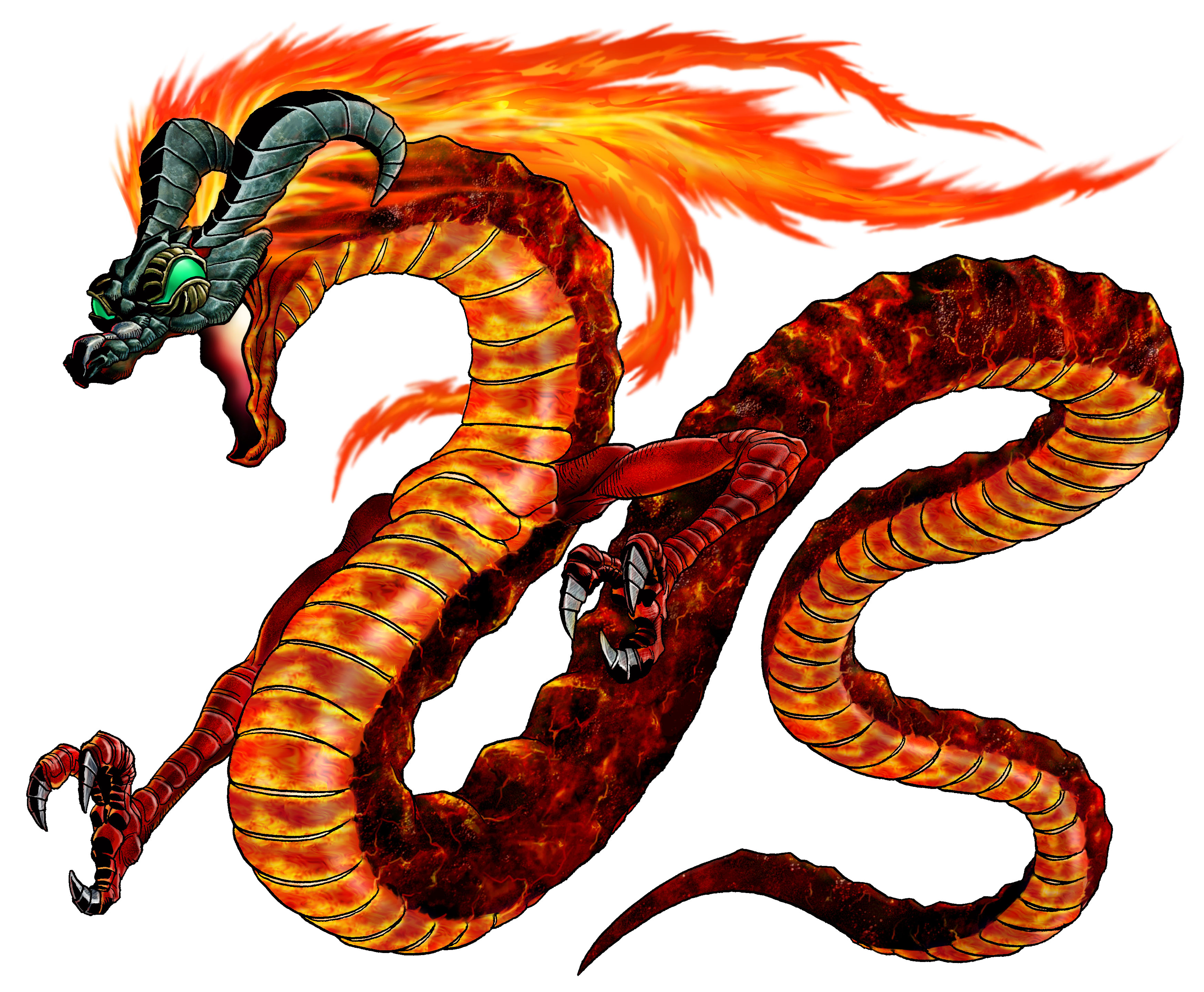Iwata Asks: Ocarina 64 Original Development Staff
Posted on June 25 2011 by Locke
 Now that many of you have had a taste of the newest version of Ocarina of Time, Nintendo President Satoru Iwata takes us behind-the-scenes of the development of the 1998 N64 game, with staff reactions to the 2011 remake. These two interviews (part of a series of five) feature lots of interesting interaction between the staff and insights into the game’s development.
Now that many of you have had a taste of the newest version of Ocarina of Time, Nintendo President Satoru Iwata takes us behind-the-scenes of the development of the 1998 N64 game, with staff reactions to the 2011 remake. These two interviews (part of a series of five) feature lots of interesting interaction between the staff and insights into the game’s development.
Some of the information you may already know if you’ve been following Iwata Asks and other interviews, but a lot of new things come up as well. For example, did you know that the sword fighting action in Ocarina of Time can be traced back to some of the developers working on a polygonal version of Zelda II: The Adventure of Link? More highlights and links to the interviews inside.
Here are some quotes from part one. Click here to view the entire interview:
Iwata: It was said that making one character and making all the backgrounds carried an equal burden with the Nintendo 64 system.
Koizumi: Yes. And from my experience making Super Mario 64, I knew that displaying a character constantly running around on a broad field would be incredibly difficult. But—while it wasn’t very nice of me toward Miyamoto-san—I didn’t try a first-person scene even once!
—

Iwata: But you couldn’t do it.
Koizumi: Right. Then, when we were making The Legend of Zelda: Ocarina of Time, I thought up something when we were making the camera system for fighting enemies. What caught my attention in the [Toei Kyoto] studio park was the sword fight. They regularly put on shows in which the hero defeats ruffians. Watching that, I thought, “Hmm, that’s weird.” That was because there was no way one person could fight and win when surrounded by 20 opponents.
Iwata: Because he’s vastly outnumbered.
Koizumi: I thought there must be some kind of trick, so I watched very closely, and it was simple. It’s a sword battle, so there’s a script and a certain setup. The enemies don’t all attack at once. First, one attacks while the others wait. When the first guy goes down, the next one steps in, and so on.
…
Toru Osawa: Yeah, that’s right. Watching the kusarigama show, I hit on the idea of making a kusarigama [sickle-and-chain] that you can’t see when you use Z-targeting.
Iwata: A kusarigama you can’t see?
Osawa: When you use Z-targeting, I would make it so something like a kusarigama [sickle-and-chain] you can’t see exists between Link and the opponent. If you push the analog stick forward, you can close in slowly, and if you move it to the side, you can move to the side in a circular motion, getting around behind your opponent, seeking for an opening.
This interview also includes:
-how the addition of Young Link affected development
-the origins of Navi and Epona (both the characters and the names)
-how items were developed
-why Ocarina of Time’s cut scenes are rendered in real time
-reactions to Ocarina of Time 3D
While part one was mostly from the directors’ perspective, part two featured some of the model and field designers:
—
Iwata: You were impressed—like, “I don’t get it, but wow!”
Takizawa: Yeah. I couldn’t help but ask how he did it. He said it was the same as the programming for Star Fox 64. There’s this scene when another fighter aircraft is tailing Arwing and…
Iwata: (jumping in) Oh, that? That’s right! It’s the same!

So I drew some rough sketches and talked them over with Haruhana-san, who was in charge of the characters, and Osawa-san, who was in charge of the script. We said, “If we have this kind of resident, they would live in this kind of house,” and “Supposing we made this kind of house, this kind of person would live here,” and expanded the world of the village.
Iwata: So instead of having a blueprint for the village from the start, everyone threw out ideas, and little-by-little the residents and houses increased in number, and in the end, the village was done.
Also discussed:
-lots of interesting stuff about the fishing game
-filling in Hyrule Field
-more staff reactions to Ocarina of Time 3D
But reading summaries is no fun, go read the interviews yourself!
Source: Iwata Asks
Related: Ocarina of Time 3D Walkthrough



